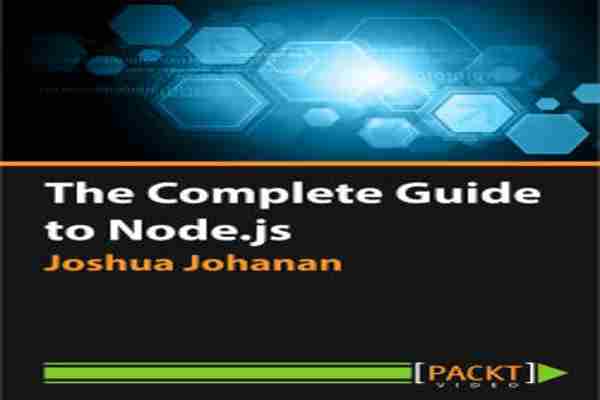We will be covering how to use Node.js to build websites. This course will focus primarily on Express as the framework that the website will be built in. In addition to Express, we will cover using Redis and Socket.io to make more robust and dynamic sites. Many courses only focus on one of these, but this course will cover all of them.
By the end of this course the reader will be able to build applications using Express, Redis, and Socket.io. Express helps by making full featured web applications easy, if you know how. Redis opens doors by making data quick and easy to fetch. Many sites have used Redis to make difficult data problems easy. Lastly Socket.io makes two way communication between the browser and web application easy. If you have every needed to build something that was real-time than Socket.io is what you want to use.
Style and Approach
A step-by-step approach in take someone who has never even seen Node.js before and make them very comfortable when writing code in Node.js. This will cover modules and paradigms in use in Node.js. Finally we will look at the most used web frameworks for Node.js, Express.
Table of Contents
USING NODE.JS AND NPM
USING THE NODE.JS MODULE SYSTEM
USEFUL NODE.JS PARADIGMS
NODE.JS EVENTS
NODE.JS STREAMS
NODE.JS HTTP SERVER
NODE.JS AND EXPRESS
PASSPORT IN EXPRESS
What You Will Learn
Build your custom middleware for Express
Integrate Socket.IO with Express and use the same authentication
Create a secure local store for passwords
Leverage the power of Redis for messaging
Authors
Joshua Johanan
Joshua Johanan is the author of two books, Building Scalable Apps with Redis and Node.js and Web Developer’s Reference Guide. Both books deal with some of the details that will be used in this course.
He is currently a web developer with over 7 years of experience writing sites and applications in many different languages. These languages include PHP, Python, JavaScript, and C#. Using many languages also means using many frameworks, including Zend Framework, Django, and .Net MVC.

